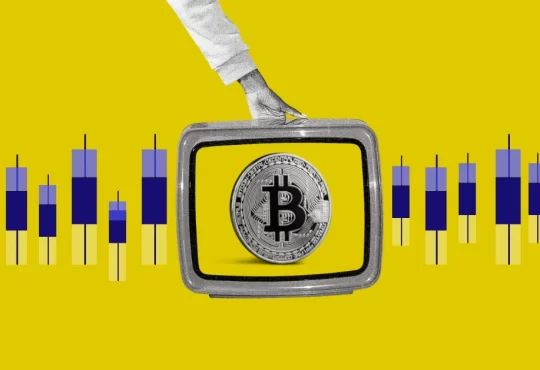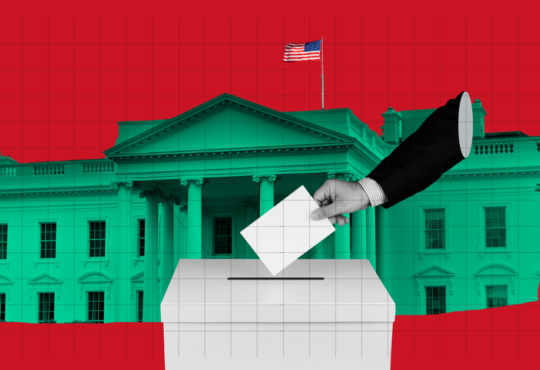
How much you’ll pay depends on several factors, such as the size of your portfolio, where you invest, how often you trade and which provider you choose. For this reason, fees can vary significantly between individual investors.
Below are a few worked examples to help you gauge potential costs. To ensure a like-for-like comparison as far as possible, we based our examples on:
- AJ Bell – the highest-rated option on our list to charge a percentage based platform fee
- interactive investor – the highest-rated option on our list to charge a flat platform fee
These examples aim to highlight how flat platform fees and percentage based platform fees can result in different costs.
£5,000 portfolio
An individual who invested £5,000 through AJ Bell – with 25% in individual shares, and 75% in funds – would pay an annual platform fee of £12.50.
This breaks down as follows:
- Share holdings: £3.13 (£1,250 x 0.25%)
- Fund holdings: £9.37 (£3,750 x 0.25%)
If the investor also made one UK fund trade (£5 fee) and one UK share trade (£1.50 flat fee) that year, they’d pay a total of £36.50 for the account.
If their portfolio was invested in a platform that charges a flat fee – such as interactive investor (ii) – the individual could end up paying significantly more.
For example, ii’s Investor Essentials plan costs £4.99 per month, which adds up to £59.88 per year.
As a general rule of thumb, choosing a provider with a flat platform fee makes sense for larger portfolio sizes (see final example below).
£50,000 portfolio
An individual who invested £50,000 through AJ Bell – with 25% in individual shares, and 75% in funds – would pay an annual platform fee of £125.
This breaks down as follows:
- Share holdings: £31.25 (£12,500 x 0.25%)
- Fund holdings: £93.75 (£37,500 x 0.25%)
If the investor also made one UK fund trade (£5 fee) and one UK share trade (£1.50 flat fee) that year, they’d pay a total of £131.50 for the account.
If their portfolio was invested in a platform that charges a flat fee – such as interactive investor (ii) – the individual could end up paying less.
For example, ii’s Investor Essentials plan costs £4.99 per month, which adds up to £59.88 per year.
However, it’s worth noting that this plan only allows customers to invest up to £50,000. Upgrading to ii’s Investor plan would cost £11.99 per month (£143.88 per year).
£500,000 portfolio
An individual who invested £500,000 through AJ Bell – with 25% in individual shares, and 75% in funds – would pay an annual platform fee of £1,062.50.
This breaks down as follows:
Share holdings:
- £312.50 (£125,000 x 0.25%)
Fund holdings:
- First £250,000: £625 (£250,000 x 0.25%)
- Next £125,000: £125 (£125,000 x 0.10%)
If the investor also made one UK fund trade (£5 fee) and one UK share trade (£1.50 flat fee) that year, they’d pay a total of £1,069 for the account.
If their portfolio was invested in a platform that charges a flat fee – such as interactive investor (ii) – this individual could end up paying significantly less.
For example, ii’s Investor plan costs £11.99 per month, which adds up to £143.88 per year.
Other platform fee structures
Bear in mind that providers calculate their platform fees differently.
Some charge different fees depending on whether you hold funds or individual shares. You may also pay a different rate depending on whether you hold UK or international shares.
Hargreaves Lansdown, for instance, charges a platform fee of up to 0.45% for any portion of your portfolio held in funds, while holding shares is free.
Commission-free trading platforms
Some trading apps, such as eToro and Trading 212, don’t charge platform or dealing fees.
This does not mean they’re free to use, however.
For example, if a new customer deposited £1,000 with eToro, they would need to pay the platform’s 0.5% currency conversion fee (£5), since accounts are held in dollars.
If they didn’t make any trades for 12 months, they would begin to pay a $10 monthly inactivity fee.
Withdrawing cash from the account also comes with a $5 withdrawal fee.
For frequent trades unlikely to trigger an inactivity fee, this type of fee structure could be more affordable than traditional investing platforms, however.






